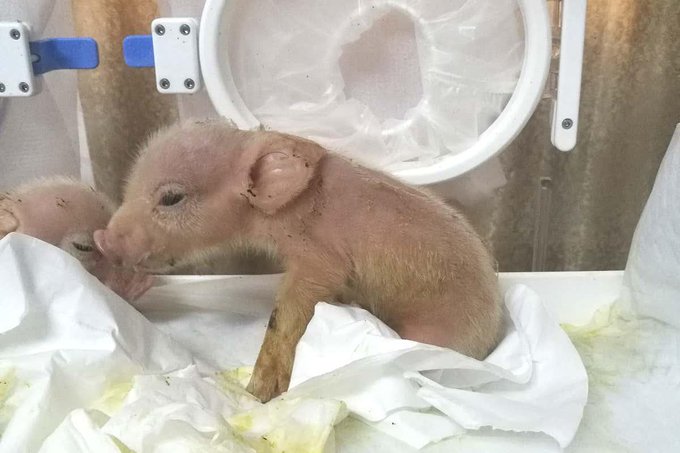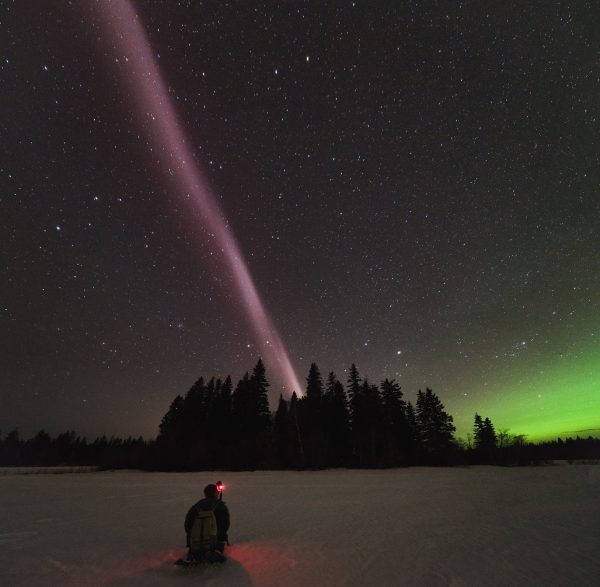U=(N/T)M*G: Immortal
Quantum physics is weird. Actually, quantum anything is really damned baffling. I know we’re learning awesome stuff about the universe from the quantum sciences, but honestly, most of the science goes way above my head. I think I’ve got the gist of this, though. So, the Laws of Thermodynamics are a thing. Life and death all follow these Laws down to the last syllable in some form or another. Everything in the universe is ruled by these Laws on some level. Quantum particles aren’t any different. Sometimes we get a surprise, on the other hand. Like a particle that bends … Read more










